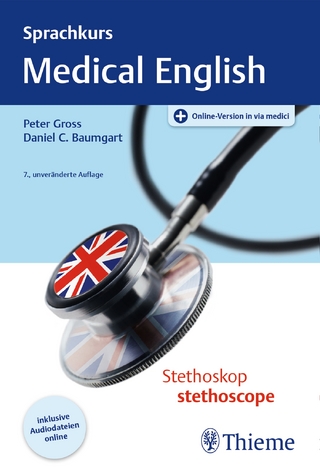
Technological Resources for Second Language Pronunciation Learning and Teaching
Lexington Books/Fortress Academic (Verlag)
978-1-6669-0229-7 (ISBN)
Second language (L2) pronunciation has become increasingly visible as an important area of L2 teaching and research. Despite the growing number of resources available focused on L2 pronunciation, technology in L2 pronunciation has received much less attention. While technology has been an enduring strand of L2 pronunciation research, it has also been somewhat inconspicuous. Indeed, research has examined a wide variety of technologies such as language-learning platforms, speech visualization software, and Automatic Speech Recognition. Despite the abundance of research, it can be difficult to gain a full sense of work in this area given the lack of a comprehensive and consolidated resource or reference. This book endeavors to fill that gap and make L2 pronunciation technologies more visible by providing teachers and researchers an introduction to research in a wide variety of technologies that can support pronunciation learning. While working to introduce practitioners to numerous technologies available, it also dives into the research-basis for their use, providing new studies and data featuring a wide variety of languages and learning contexts.
Shannon McCrocklin is associate professor of Applied Linguistics/TESOL in the Department of Linguistics at Southern Illinois University.
Part 1: Getting Started with Technology in Second Language Pronunciation Learning and Teaching
Chapter 1: Exploring Technologies Available for Teaching and Learning Second Language Pronunciation
Chapter 2: From Technology-enhanced to Technology-based Language Teaching – A Complexity Theory Approach to Pronunciation Teaching
Part 2: Web-based Resources, Tools, and Language-learning Platforms
Chapter 3: Preparing Second Language Educators to Teach Pronunciation with Technology
Chapter 4: Designing and Evaluating an e-Teaching Package of English Phonetics and Pronunciation for Preservice Teachers
Chapter 5: Developing Portuguese Oral Skills Via Instructional Technology Tools: Students’ Views and Recommended Practices
Chapter 6: Performance-based Test: A Technology-based Achievement Assessment in Introductory Japanese Courses
Part 3: Automatic Speech Recognition
Chapter 7: Transparent Language: Learners’ Perceptions, Successes, and Challenges of Using a Speech Recognition Tool for Molding Beginner Spanish Pronunciation in Online Courses
Chapter 8: Integrating Mobile-based Text-To-Speech (TTS) and Speech-To-Text (STT) to Advance Proficiency and Intelligibility in French
Chapter 9: Developing Pronunciation Learner Autonomy with Automatic Speech Recognition and Shadowing
Chapter 10: Exploring Pronunciation Learning in Simulated Immersive Language Learning Experiences in Virtual Reality
Part 4: Speech Visualization
Chapter 11: L2 Japanese Vowel Production: A Closer Look at Transfer Effects From Perception Training with Waveforms
Chapter 12: Speech Visualization for Pronunciation Instruction: Exploring Instructor Support in L2 Learner Attitudes Towards Visual Feedback
Chapter 13: Vowel Visualization for CAPT: A Learner-input Model for Tool Development
Part 5: Corpus-based Approaches
Chapter 14: Spoken Corpora in Pronunciation Research and Instruction: The Case of the Corpus of Teaching Assistant Classroom Speech (CoTACS)
Chapter 15: Innovation in ITA Course Design: Incorporating Student-designed Field-specific Corpora
| Erscheinungsdatum | 17.11.2022 |
|---|---|
| Co-Autor | Karen Acosta, Hsueh Chu Chen, Julia Choi, Anurag Das |
| Sprache | englisch |
| Maße | 163 x 236 mm |
| Gewicht | 649 g |
| Themenwelt | Schulbuch / Wörterbuch ► Wörterbuch / Fremdsprachen |
| Sozialwissenschaften ► Pädagogik | |
| ISBN-10 | 1-6669-0229-2 / 1666902292 |
| ISBN-13 | 978-1-6669-0229-7 / 9781666902297 |
| Zustand | Neuware |
| Haben Sie eine Frage zum Produkt? |
aus dem Bereich


